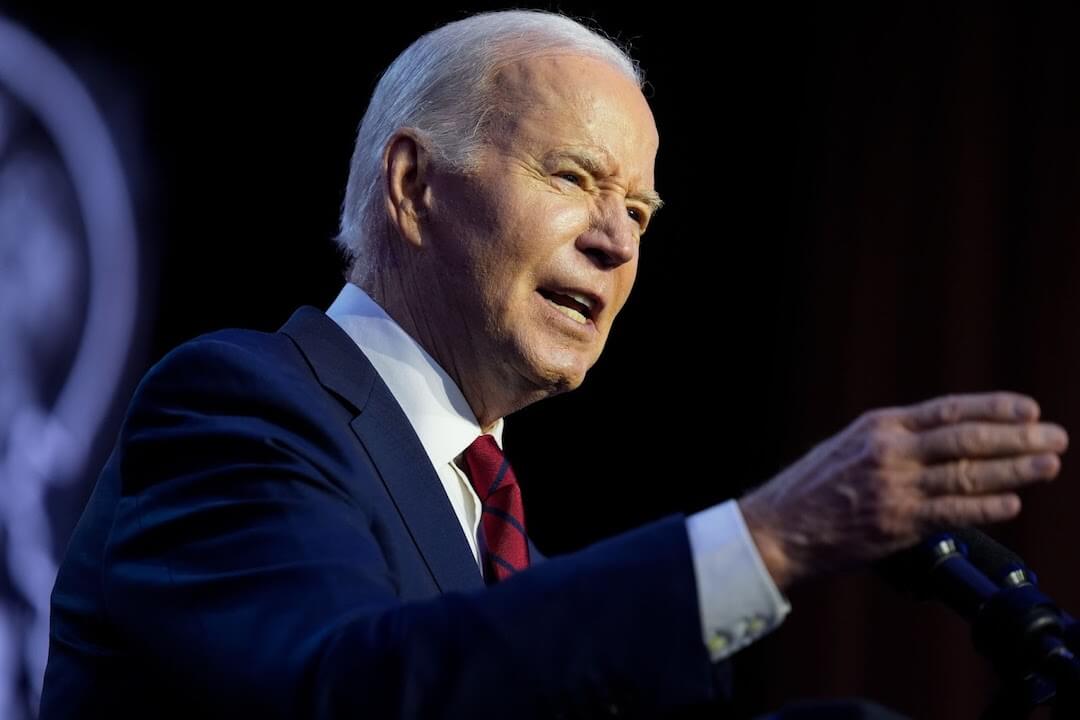Media organizations typically rely on two revenue streams more than any others: advertising and subscriptions. The first is predicated on building a big audience to sell that attention. The second focuses on creating a coveted audience that will pay a premium for content and services.
From 2011 to 2018, digital advertising was the most pursued means of revenue for most major news organizations. That’s what ushered in the pivot to video, billion-dollar startup media valuations, socially optimized content and more. Here in 2023, I believe we’re in the upswing toward a focus on subscriber revenue.
The two aren’t mutually exclusive, but to the extent that they have differing strategies, let’s focus in on building a subscriber base and specifically how to retain subscribers.
Jack Marshall, CEO of Toolkits.com, recently published a report analyzing consumer attitudes and behaviors toward digital subscription products offered by publishers. One of its key findings is that “23% of people who have canceled subscriptions said they did so because they weren’t using them enough, reinforcing the importance for publishers to build regular subscriber engagement and consistently demonstrate and communicate value.”
In other words, a major reason people unsubscribe isn’t that the cost suddenly becomes too much but rather because they are no longer engaged with the brand. There are only so many months that somebody will pay for a service they aren’t engaged with.
In a recent post, media industry journalist Simon Owens asked what the next crop of media startups will look like. Much of his answer can be summarized as: They’ll be optimized around subscribers instead of mass audience. This includes smaller venture capital raises, a focus on quality over quantity, a stronger emphasis on owning the audience and building niche editorial products. All of these speak to the idea of increasing habit, personalization and value to maintain subscribers.
Early on, media organizations need to establish a relationship and give easy ways for the subscriber to stay connected. This is a story the media organization must tell. They should carefully examine the subscriber onboarding experience to ensure they are equipping audiences with means to build habit, create a personal touch and find value in the work produced throughout the entire customer lifecycle.
A subscriber saved is worth more than a subscriber earned, especially during an economic downturn. Digiday notes that Axios, Bloomberg and Politico are all critically looking at their funnel, “focused … on improving average subscription revenue over total subscription volume.”
In no way should advertising be ignored. Eventually, we can expect an emphasis to shift back toward this pole just as spring follows winter. The question every media publisher must ask themselves until then is if they can survive the winter on the subscriptions they’ve earned. To do this, they’ll need to plug holes to ensure they’re not leaking subscribers faster than they can bring them in. A proper focus on subscriber success must include habit formation and personalization, onboarding and a review of recent efforts toward retention.
Retention is the name of the game. The lifetime value of a subscriber is the ultimate metric. Publishers need to provide a sense of community and loyalty, and offer a range of benefits and subscriber recognition.
Experimenting with different forms of content like podcasts, videos, pop-up newsletters and beyond will ensure content feels fresh and vibrant.
Lastly, publishers also should get creative by experimenting with different subscription tiers, offering special discounts, creating loyalty programs and other tactics to keep subscribers engaged.
Subscriber success positions are now a necessity for any media organization wishing to be competitive in the future media landscape. They will be responsible for understanding trends, experimenting with new products, coming up with creative ways to retain subscribers and constantly working to engage subscribers.
The bottom line: Subscribers need to see and grasp the value you offer. If you think the distance between your brand and the subscriber is too wide, find a way to close the gap.






